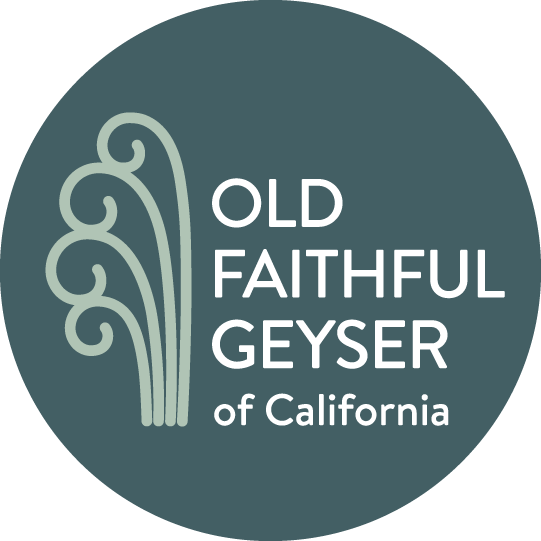Related Links

Carnegie Institution for Science: Department of
Global Ecology
The Department of Global Ecology, founded in 2002 on the campus of Stanford University, conducts basic research on the interactions among the earth’s ecosystems, land, atmosphere, and oceans. The goal of this research is understanding the ways these interactions shape the behavior of the earth system, including its responses to future changes.
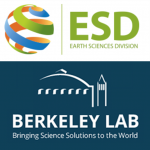
Berkeley Lab: ESD (Earth Sciences Division) –
Geochemistry
http://esd.lbl.gov/departments/geochemistry/
The Geochemistry Department of the Lawrence Berkeley National Laboratory Earth Sciences Division has its roots beginning with mapping the distribution of naturally occurring radioactive minerals (NORM) during the 1960s. From there, research expanded into geothermal energy and radioactive waste disposal research during the 1970s, officially becoming a department within the newly founded Earth Sciences Division (ESD) in 1977.
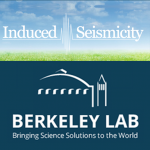
Lawrence Berkeley National Laboratory: Earth
Sciences Division – “Induced Seismicity”
http://esd1.lbl.gov/research/projects/induced_seismicity/
Induced seismicity is earthquake activity resulting from human activity that causes a rate of energy release, or seismicity, which would be expected beyond the normal level of historical seismic activity. For example, if there is already a certain level of seismic activity before human activities begin, one would expect that this “historical” seismic activity would continue at the same rate in the future. If, however, human activity causes a concurrent increase in seismic activity, this increase in seismic activity would be considered “induced.” In addition, if the seismic activity returns to background activity after the human activity stops, that would be another sign that the seismic activity was induced.
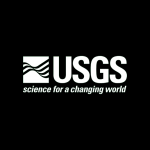
USGS (U.S. Geological Survey) – Natural Hazards
http://www.usgs.gov/natural_hazards/
The USGS is a science organization that provides impartial information on the health of our ecosystems and environment, the natural hazards that threaten us, the natural resources we rely on, the impacts of climate and land-use change, and the core science systems that help us provide timely, relevant, and useable information.
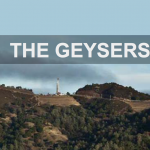
CALPINE – The Geysers
http://www.geysers.com/geothermal.aspx
Calpine Corporation is America’s largest generator of electricity from natural gas and geothermal resources. Calpine is a committed environmental steward and the company works hard to uphold high environmental standards. For instance, geothermal energy is a renewable source that offers continuous power that is available around the clock. These renewable facilities potentially reduce reliance upon fossil fuels for power generation. Low emissions and environmentally friendly energy sources, such as The Geysers, have earned Calpine the support of numerous organizations such as the American Lung Association and The Sierra Club.
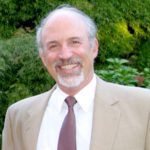
Paul Silver – Scientist/Researcher in Field
https://en.wikipedia.org/wiki/Paul_Silver
Paul Silver made a series of important contributions to the investigation of seismic anisotropy and to earthquake research by observing the slow redistribution of stress and strain along fault zones. One of Silver’s principal research interests was seismic anisotropy and its implications for the tectonic evolution of the Earth.
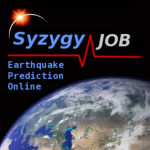

Wikipedia – Geyser
https://en.wikipedia.org/wiki/Geyser
A geyser is a spring characterized by intermittent discharge of water ejected turbulently and accompanied by steam.

Wikipedia – Earthquake
https://en.wikipedia.org/wiki/Earthquake
An earthquake (also known as a quake, tremor or temblor) is the perceptible shaking of the surface of the Earth, which can be violent enough to destroy major buildings and kill thousands of people.

Wikipedia – Volcano
https://en.wikipedia.org/wiki/Volcano
A volcano is a rupture on the crust of a planetary-mass object, such as Earth, that allows hot lava, volcanic ash, and gases to escape from a magma chamber below the surface.

Wikipedia – Tsunami
https://en.wikipedia.org/wiki/Volcano
A tsunami, also known as a seismic sea wave or as a tidal wave, is a series of waves in a water body caused by the displacement of a large volume of water, generally in an ocean or a large lake. Earthquakes, volcanic eruptions and other underwater explosions (including detonations of underwater nuclear devices), landslides, glacier calvings, meteorite impacts and other disturbances above or below water all have the potential to generate a tsunami.

PHONE:
(707) 942-6463
EMAIL:
info@oldfaithfulgeyser.com
ADDRESS:
1299 Tubbs Lane, Calistoga, CA 94515
Quick Links
Admission & Hours
Accessibility
Related Links
FAQs
Job Opportunities
Legal Notices
In the Media
Sign Up!
Plan Your Event
